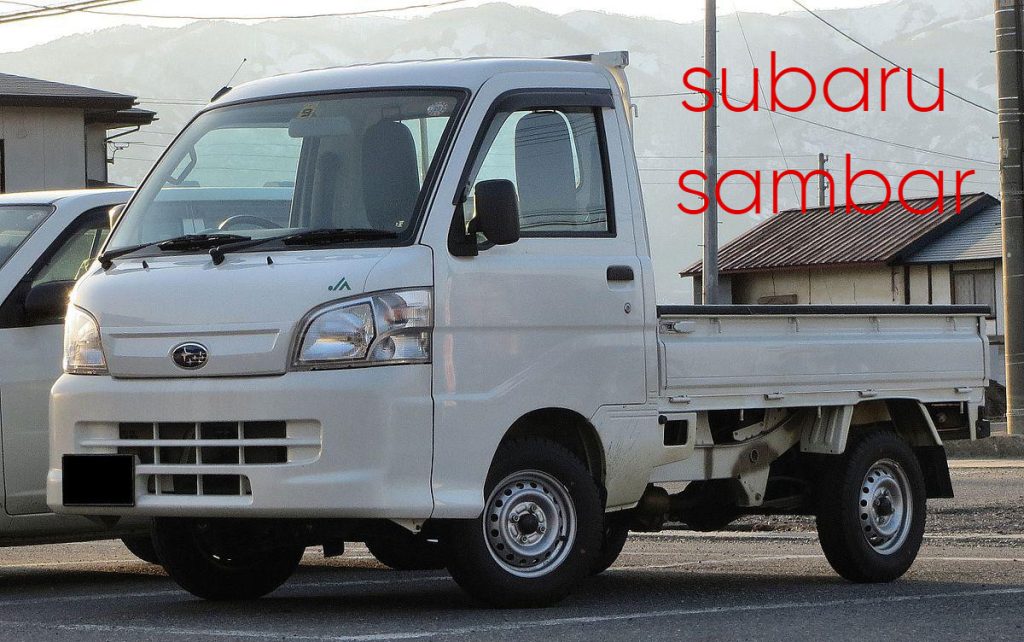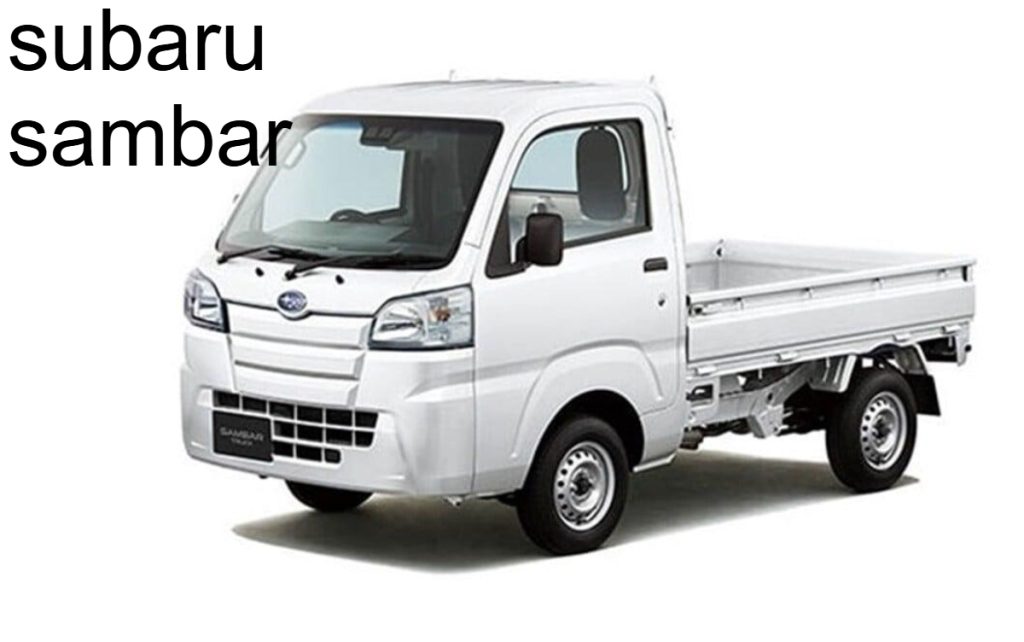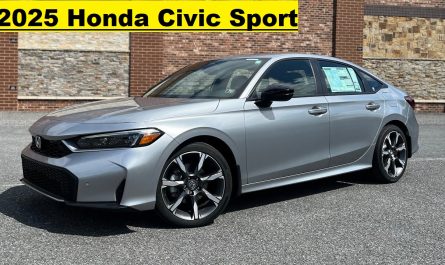
The Subaru Sambar has undergone significant advancements since its inception, reflecting not only changes in the automotive industry but also the evolving needs of its user base. Each generational shift introduced notable technological and design enhancements.
First Generation (1961-1966): Foundational Design
The original rear-engine, rear-wheel-drive (RR) layout was paired with a 356cc air-cooled two-stroke engine. This compact yet practical design allowed for efficient space utilization, and its lightweight frame contributed to its nimble handling.
Second Generation (1966-1973): Structural Enhancements
This iteration retained the RR layout but introduced a more refined chassis and improved load-bearing capacity. Suspension modifications enhanced overall ride quality, making it more adaptable to both urban and light off-road conditions.
Third Generation (1973-1982): Engine Expansion and Stability Improvements
The powertrain received an upgrade to 490cc, increasing power output while maintaining compliance with kei vehicle regulations. Additionally, an extended wheelbase and improved weight distribution enhanced both stability and cargo-hauling capabilities.
Fourth Generation (1982-1990): Transition to Water Cooling and Introduction of 4WD
A shift to a water-cooled engine significantly improved operational efficiency, longevity, and thermal management. Additionally, the introduction of a four-wheel-drive (4WD) variant marked a turning point, allowing the Sambar to navigate rugged terrains, agricultural environments, and inclement weather conditions more effectively.
Fifth Generation (1990-1999): Performance-Oriented Modifications
This generation introduced supercharged engine options, optimizing power delivery while maintaining compact fuel efficiency. Aerodynamic refinements and a more modernized interior made the Sambar more comfortable and functionally superior to its predecessors.
Sixth Generation (1999-2012): Collaborative Manufacturing and Market Expansion
Subaru began incorporating shared components from the Daihatsu Hijet, increasing parts standardization while retaining key Sambar-specific engineering elements. This generation marked a global increase in exports, with growing demand outside Japan.
Seventh Generation (2012-Present): Contemporary Design and Technological Integration
Now fully based on the Daihatsu Hijet platform, modern iterations focus on fuel efficiency, regulatory compliance, and enhanced safety features. Although purists lament the departure from Subaru’s proprietary engineering, this adaptation allows for continued viability in an evolving market.
Technical Features and Engineering Advantages
1. Optimal Space Utilization in a Compact Framework
Despite its diminutive exterior dimensions, the Sambar boasts exceptional interior and cargo capacity. The kei truck configuration allows for high payload efficiency, while the van model supports commercial logistics, small-scale retail, and even recreational camper conversions.
2. Engineered for Efficiency and Cost-Effectiveness
Subaru’s decision to integrate supercharged and naturally aspirated engines enhances fuel efficiency without compromising performance. Most models achieve over 40 miles per gallon (MPG), positioning the Sambar as an ideal candidate for both business and private ownership.
3. Advanced Drivetrain Capabilities for Varied Terrains
The inclusion of four-wheel drive (4WD) expands the Sambar’s utility beyond urban landscapes, making it a viable option for agricultural, off-road, and snow-prone regions. Its lightweight construction ensures optimal traction and handling across diverse terrains.
4. Superior Maneuverability and Urban Practicality
With a tight turning radius and compact wheelbase, the Sambar excels in densely populated environments. Its ability to navigate narrow alleyways and restricted parking zones makes it a valuable asset for delivery services and urban mobility.
5. Longevity and Structural Durability
Adhering to Subaru’s renowned build quality, the Sambar is engineered for long-term durability. Proper maintenance extends its operational lifespan significantly, making it a cost-effective and reliable investment for various applications.
6. Low-Cost Maintenance and High Parts Availability
Compared to full-sized trucks and vans, the Sambar’s maintenance costs are relatively low. The prevalence of spare parts, particularly in Japan and overseas specialty markets, ensures continued serviceability and reduces ownership costs.

Investment Potential and Niche Market Appeal
The Subaru Sambar remains a sought-after kei truck and microvan, appealing to a wide demographic of business operators, off-road enthusiasts, and collectors. Its enduring fuel efficiency, mechanical simplicity, and adaptability solidify its market longevity.
Furthermore, the restoration and collector community has contributed to the appreciation of vintage Sambar models. Classic restorations and aftermarket modifications increase their resale value, making them a sound investment for automotive enthusiasts.
Conclusion: The Enduring Relevance of the Subaru Sambar
Spanning over six decades, the Subaru Sambar exemplifies engineering ingenuity within the kei vehicle segment. Its compact size, off-road capabilities, and economic efficiency make it an optimal choice for both commercial and private use. Whether employed as a workhorse for businesses, a utility vehicle for outdoor exploration, or a collector’s project, the Sambar remains a highly versatile and enduringly popular option.
As the kei truck market expands globally, the Sambar retains its position as an indispensable vehicle within the lightweight commercial sector. For individuals seeking an adaptable, cost-effective, and mechanically robust solution, the Subaru Sambar stands as an exceptional investment in compact transportation technology.

